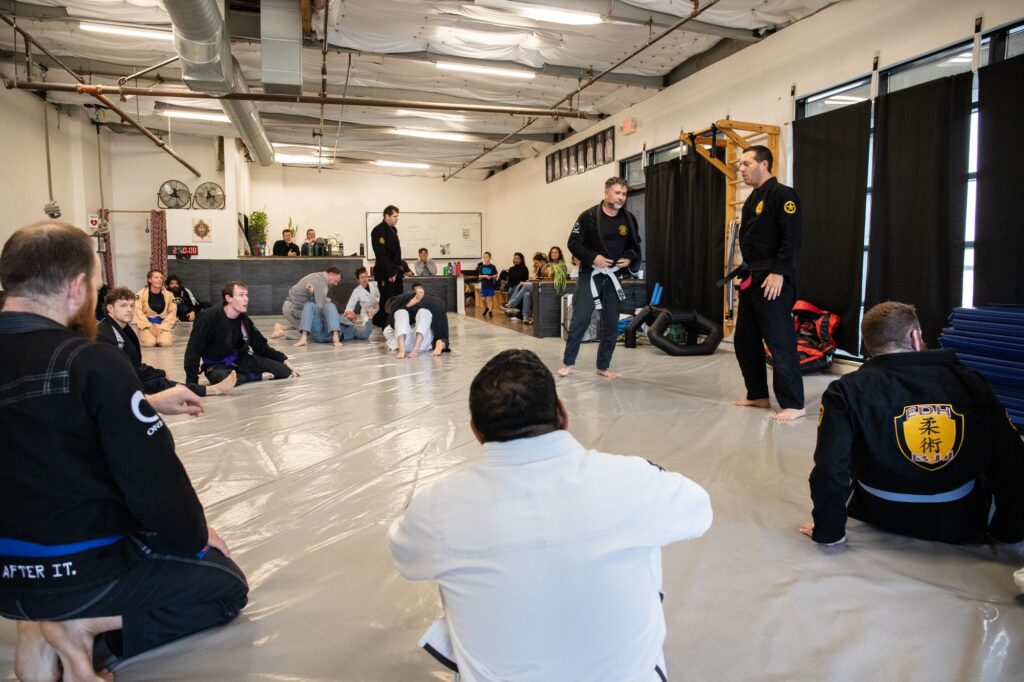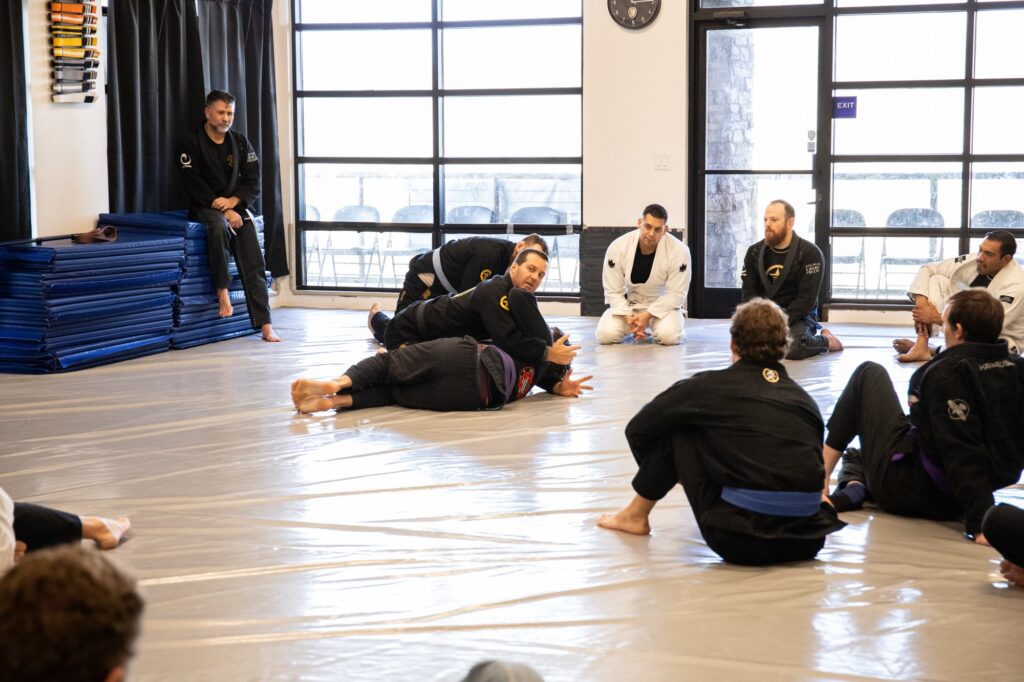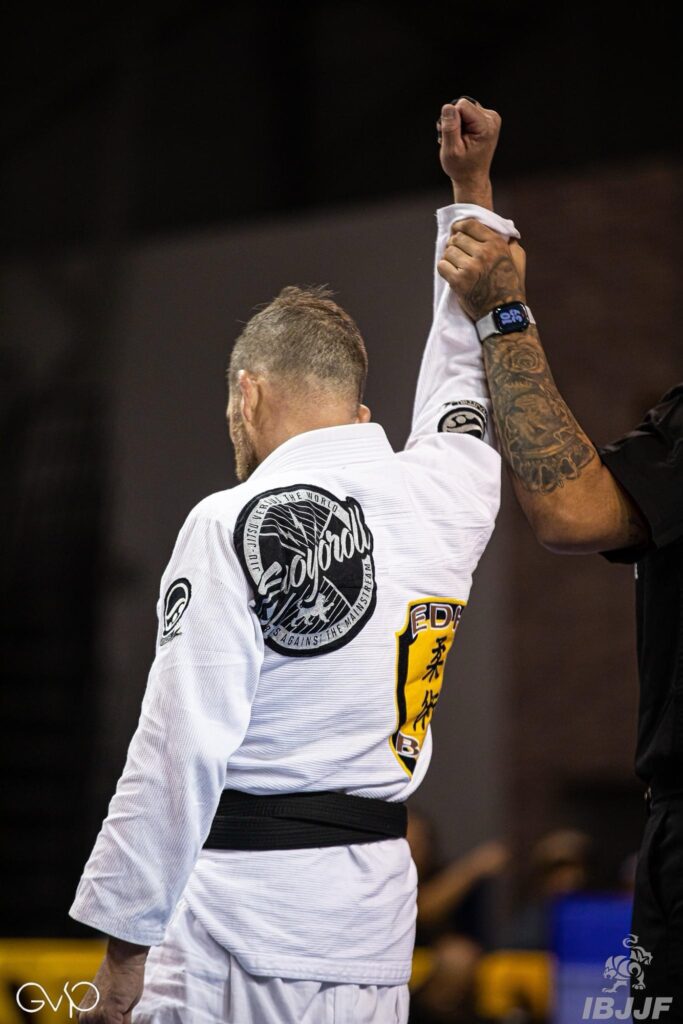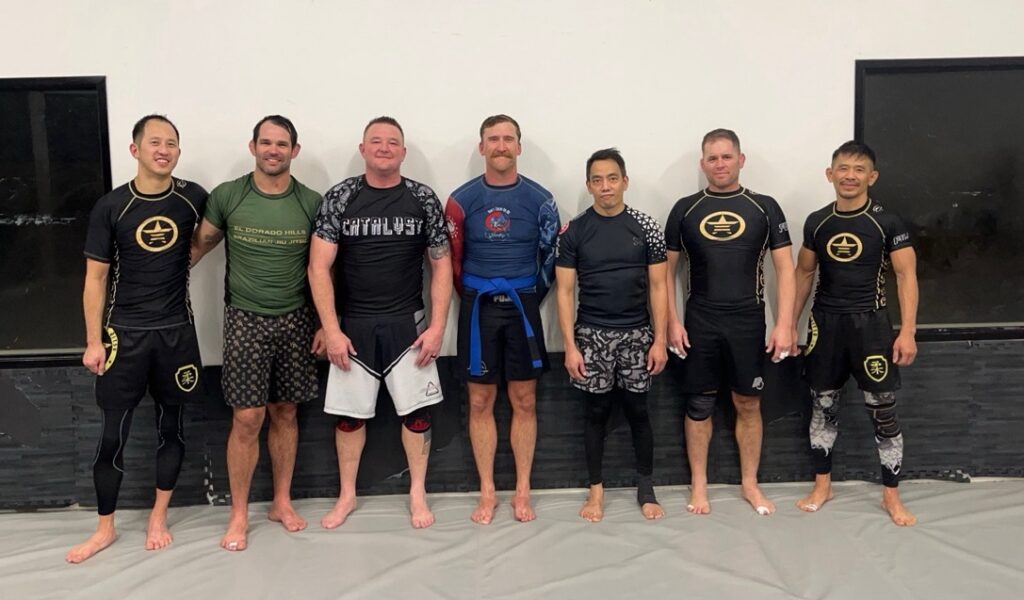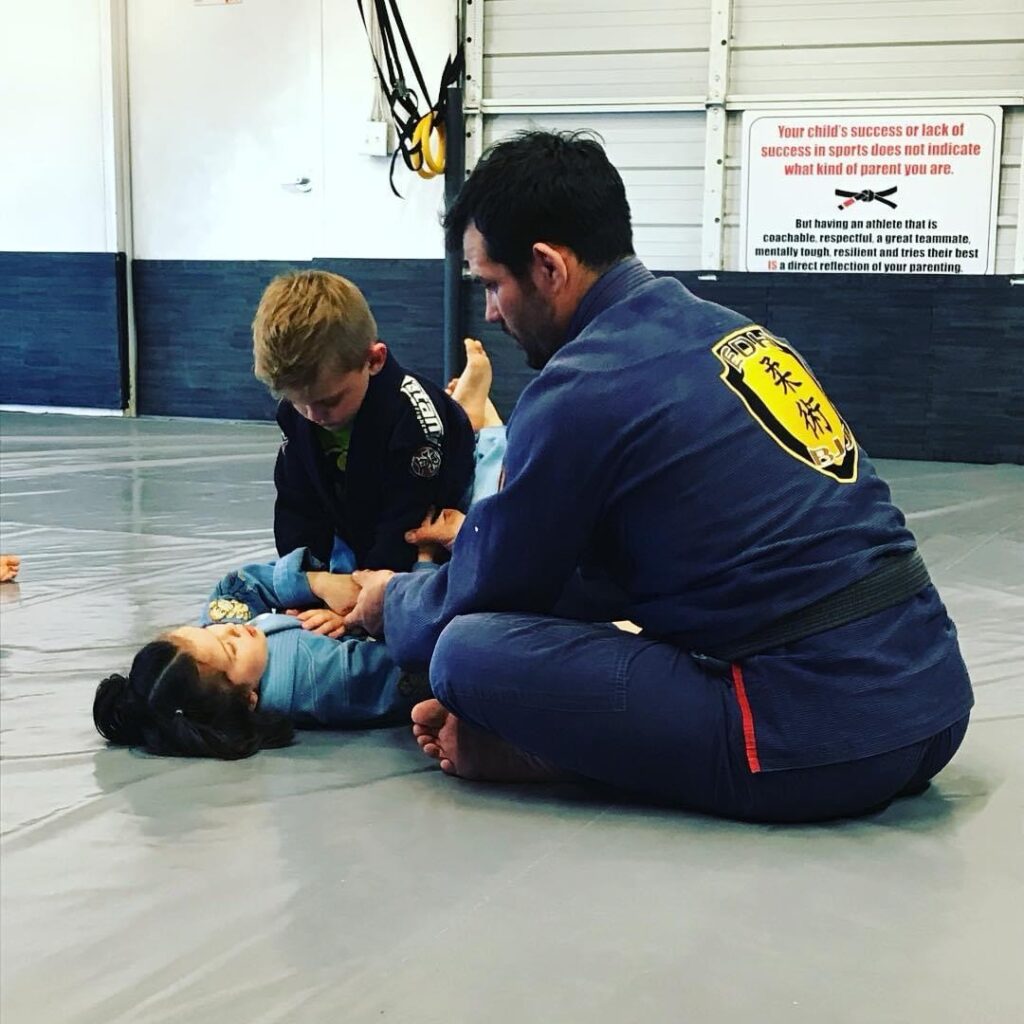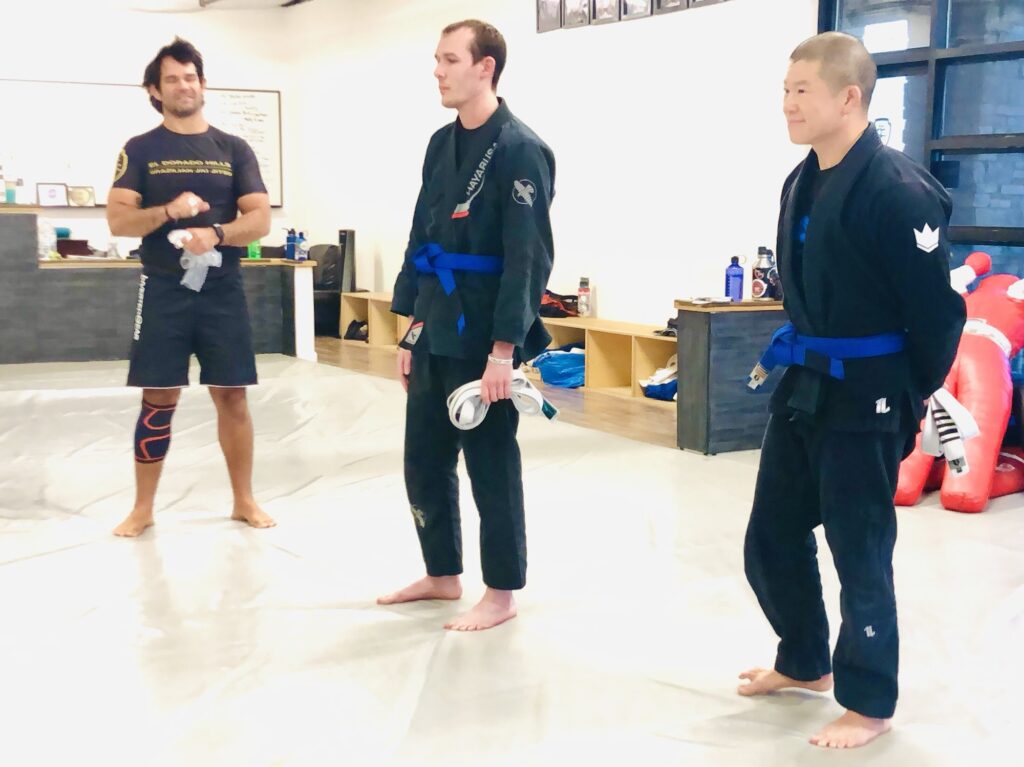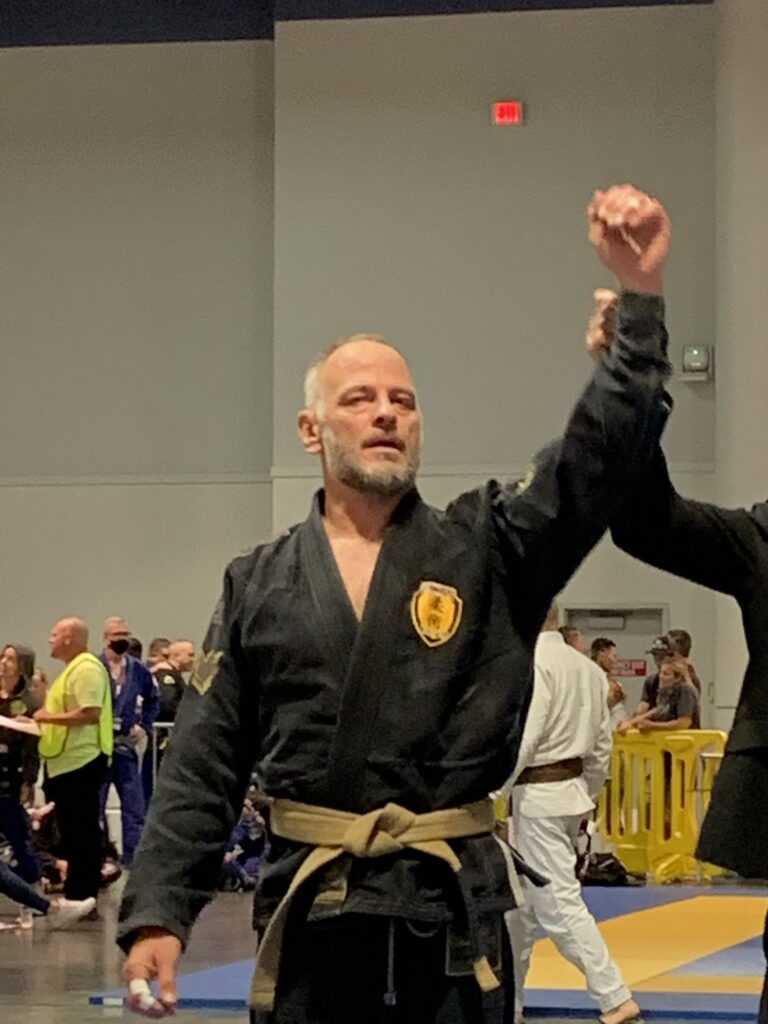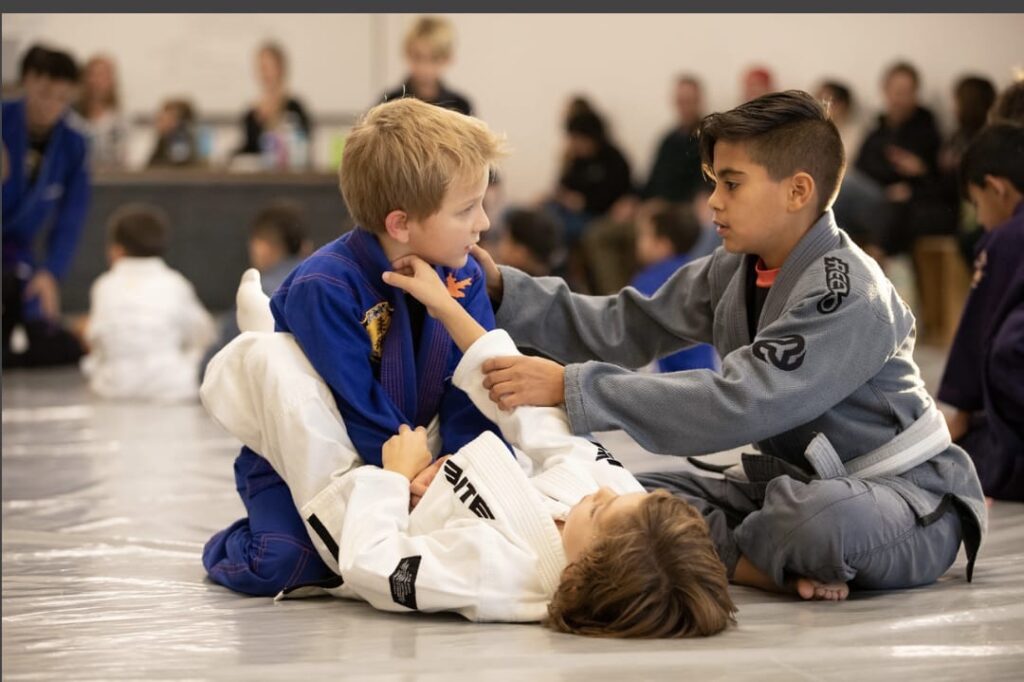
The holidays are a time to relax, reflect, and recharge—and for us at El Dorado Hills Jiu Jitsu, it’s also a chance to prepare for an exciting year ahead! As the holiday season approaches, we’d like to share our schedule for December 23rd through January 1st, 2025.
During this time, we’ll be taking a brief break to celebrate with loved ones and recharge for the new year. Regular classes will pause on Monday, December 23rd, and we’ll resume our full schedule on Thursday, January 2nd, 2025.
This means:
- No regular classes from 12/23 through 1/1
- Classes will restart on 1/2/2025
- Youth jiujitsu workshop on 12/23 & 12/26
- Check calendar for pop up classes during break
We encourage everyone to use this time to enjoy the season, stay active, and reflect on your Jiu Jitsu journey. Whether it’s reviewing techniques at home, rolling with family, or simply taking time to reset, let’s come back stronger and ready to train in January!
Why Start Jiu Jitsu in the New Year?
If you’ve been curious about Brazilian Jiu Jitsu, there’s no better time to start than at the beginning of the year. With new classes and a welcoming community, we’re here to help you set and achieve your goals. Whether you’re looking to improve fitness, learn self-defense, or find a supportive group of like-minded individuals, El Dorado Hills Jiu Jitsu is the place to be.

We’re Inviting the Local Community to Join Us in 2025!
Located in the heart of El Dorado Hills, we’re proud to serve students from all walks of life, including residents of Folsom, Cameron Park, and surrounding communities. Our programs cater to all ages and experience levels—from beginners to advanced practitioners.
Mark your calendars and come experience what makes El Dorado Hills Jiu Jitsu a standout martial arts school in the area. Classes resume on January 2nd, 2025—start the year on the mat with us!
Get Started
If you’re new to Jiu Jitsu, contact us today to schedule your trial class in January. Whether you’re an individual or a family looking for a fun and challenging activity, our friendly coaches and supportive environment will help you take the first step in your Jiu Jitsu journey.
We can’t wait to see our team—and new faces—on the mats in the new year. Happy Holidays from all of us at El Dorado Hills Jiu Jitsu!
Contact Us
📍 4669 Golden Foothill pkwy suite 208
📞 916.595.4064
📧 edhbjj@gmail.com
💻 http://www.edhjiujitsu.com
Let’s make 2025 a year of growth, resilience, and community on and off the mats!


